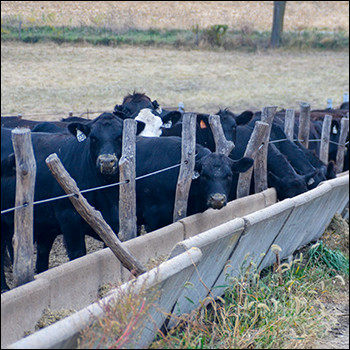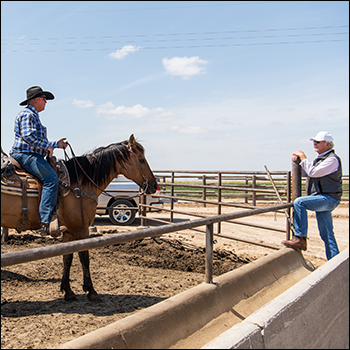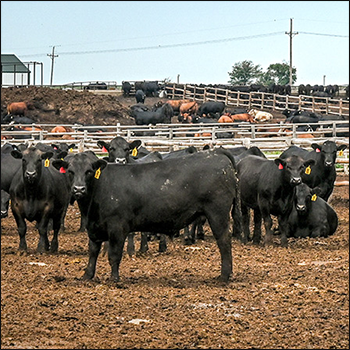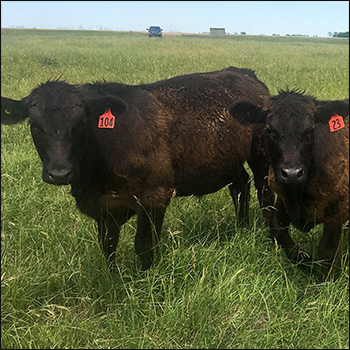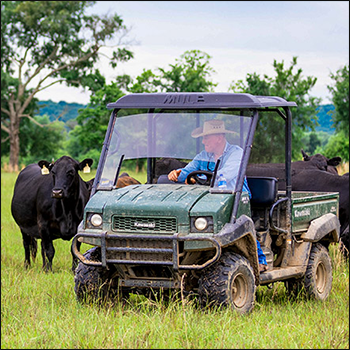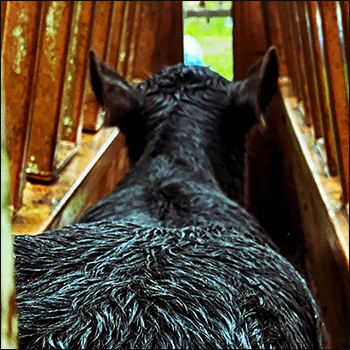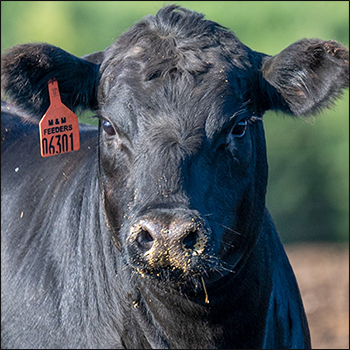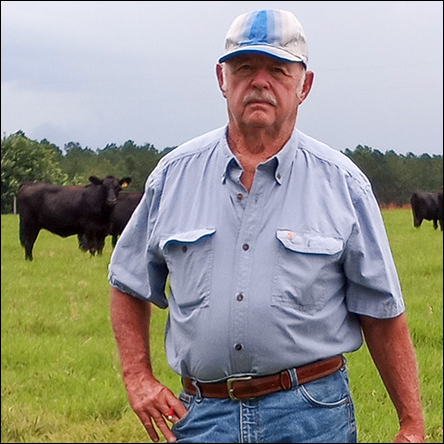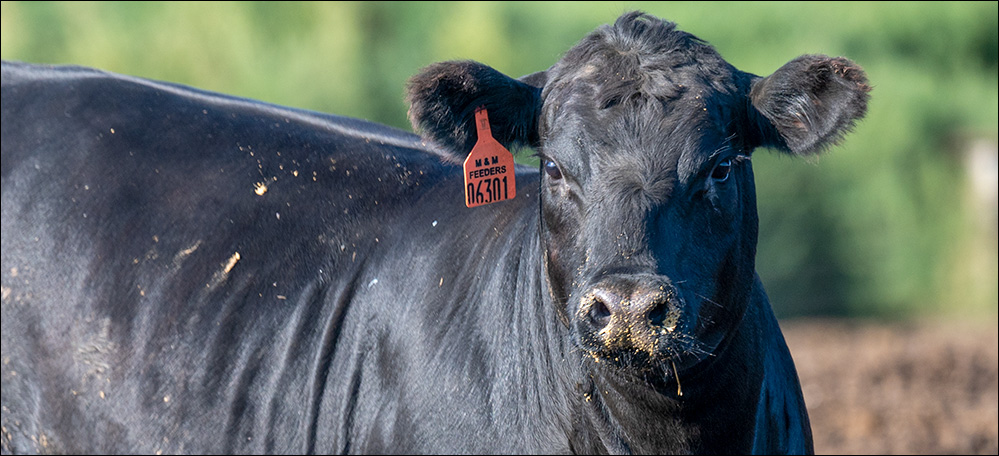
Sire Differences Within Heart, Heart Fat Scores
Genetic component will enable genetic selection to improve traits and reduce incidence of pulmonary hypertension in feedlots.

During the 2021 Beef Improvement Federation (BIF) Research Symposium & Convention, hosted June 22-25 in Des Moines, Iowa, Isabella Kukor talked about her research involving heart and heart fat scores as indicators of a genetic predisposition to pulmonary hypertension. Speaking during the Advancements in Efficiency and Adaptability session, the Colorado State University (CSU) animal scientist explained how these scores may be the key to preventing, or at least reducing, the incidence of pulmonary hypertension in feedyard cattle and in breeding herds raised at high elevations.
Often called brisket disease or high-altitude disease, it’s a cattle malady familiar to many ranchers who graze their herds in the mountains. Bovine pulmonary hypertension occurs when low oxygen levels experienced at elevations near or above 5,000 feet cause pulmonary arteries to constrict. Blood pressure rises, leading to congestive heart failure.
Seedstock breeders can measure pulmonary arterial pressure (PAP) to evaluate an animal’s predisposition for developing the disease. Expected progeny difference (EPD) values, based on PAP scores, have been developed to aid selection for breeding animals suited to high altitude.
In recent years, however, pulmonary hypertension has been diagnosed with increasing frequency in feedyards located at moderate altitude — even below 3,000 feet. Evidence suggests that high growth rate and heavy finish weights may lead to pulmonary hypertension among genetically susceptible cattle — even cattle that have never experienced high altitude — in feedyards.

Kukor explained CSU veterinarian Tim Holt’s development of two scoring systems for ranking heart physiology, and the presence of heart fat. Studies of organs scored at harvest suggest a positive relationship between heart/heart fat scores and PAP.
“The purpose of my research is to further investigate the genetic component of heart and heart fat scores,” stated Kukor, explaining that scores collected from harvested progeny show if differences in one score or the other (or both) are related to sires.
“Sire differences suggest that a genetic component is present and selection can improve both of those traits,” added Kukor, adding that next steps include collecting data from sufficient progeny to arrive at a heritability estimate.
Find more coverage of the 2021 BIF Symposium in the Newsroom and on the Awards page at www.bifconference.com.
Editor’s note: Troy Smith is a cattleman and freelance writer from Sargent, Neb. Photo by Miranda Reiman.
